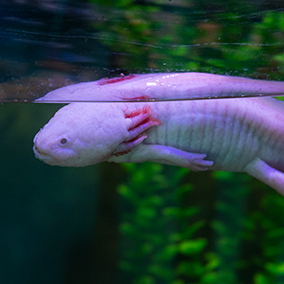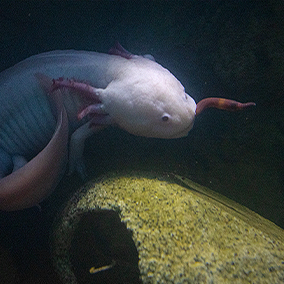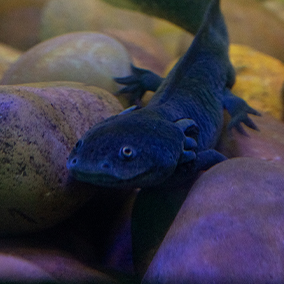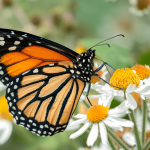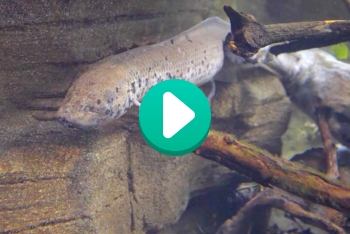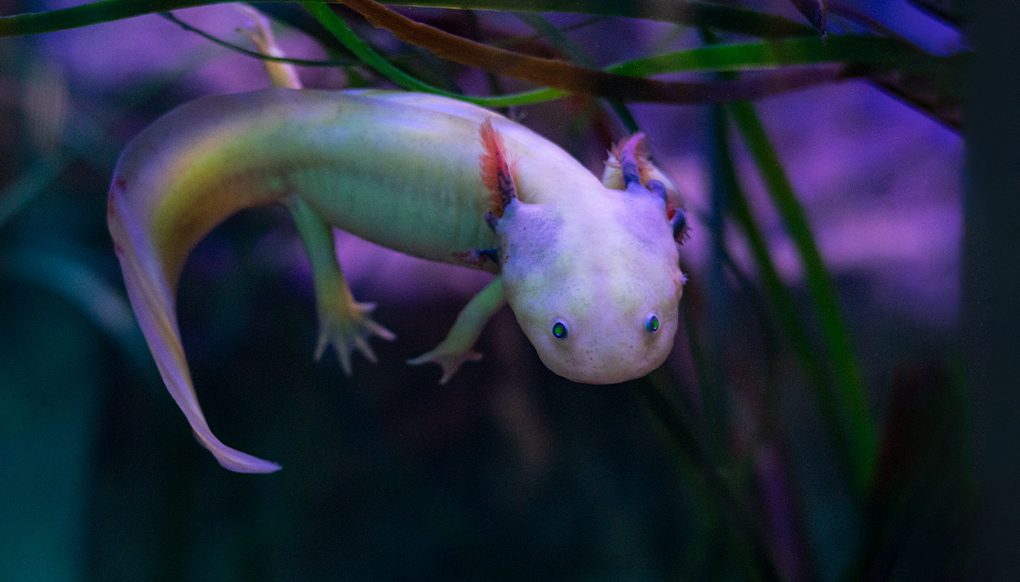
axolotl

Amphibians


Endangered
facts

Most reach no more than 9 inches, but some have grown as long as 18 inches.

These large salamanders eat worms, mollusks, crustaceans, insects, tadpoles, and even small fish.

description
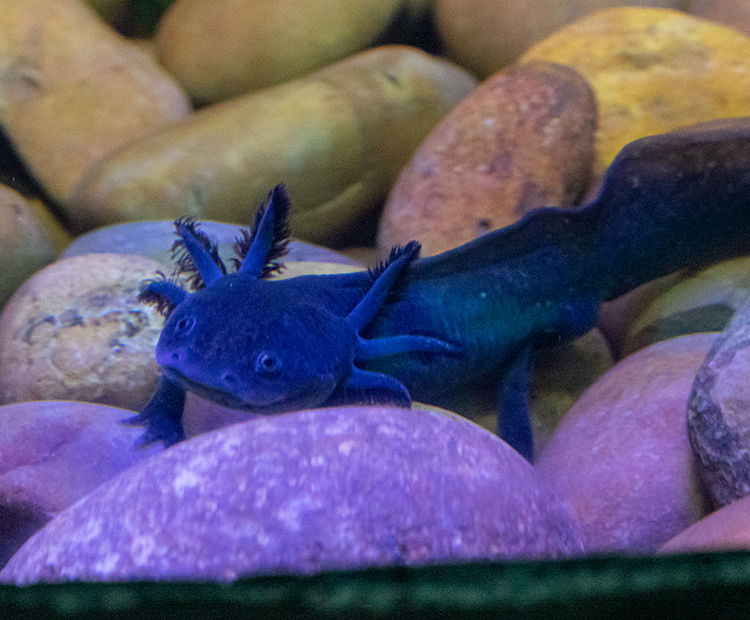
description
Baby face
Most salamanders lose their gills as they grow up. But not an axolotl. It keeps its feathery gills. Axolotls live underwater—like larvae—their whole life. They do develop legs and lungs, and sometimes pop up to the surface for a quick gulp of air.
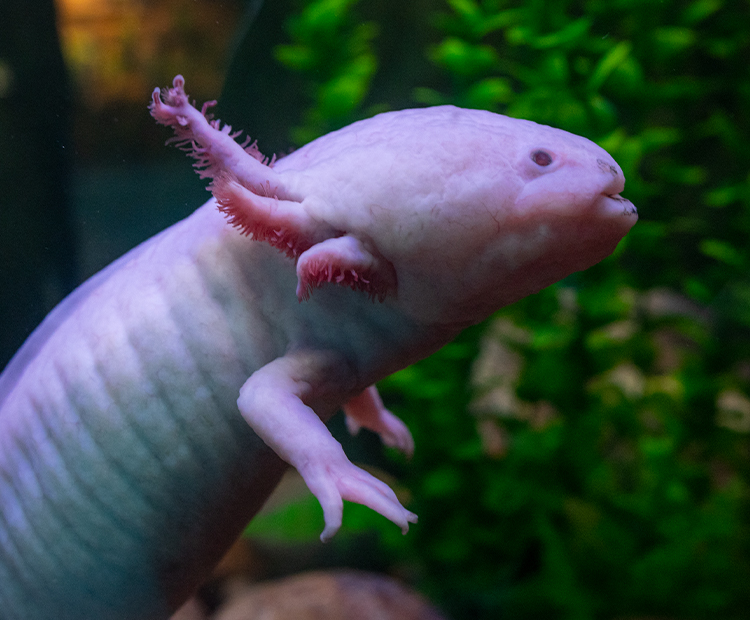
Superpower
If it loses a leg, an axolotl regrows a new one in a just a few weeks. It grows new skin, bone, cartilage, and muscle. The new leg works just as well as the old one. It looks good, too—there’s no scar. An axolotl can also grow back missing organs and parts of the eye and brain.
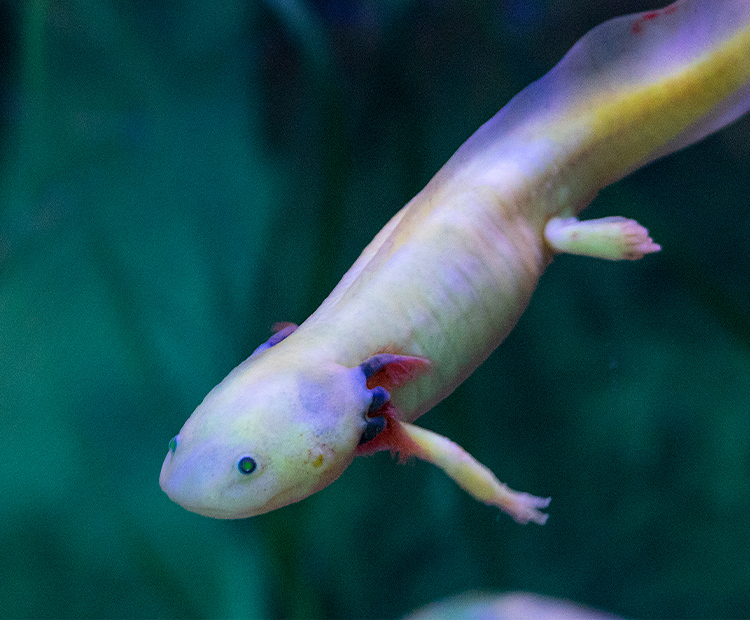
Rare salamander
Axolotls are Critically Endangered. They inhabit only two lakes in the entire world. Both are just outside of Mexico City. The ever-growing human population in the area is a big threat. Everywhere we go, people change natural habitats and cause pollution. People need water, too. Sometimes we divert water from natural places, so we can have water for drinking and for watering crops. Non-native fishes introduced into the lakes are another threat—a big fish can eat an axolotl.


